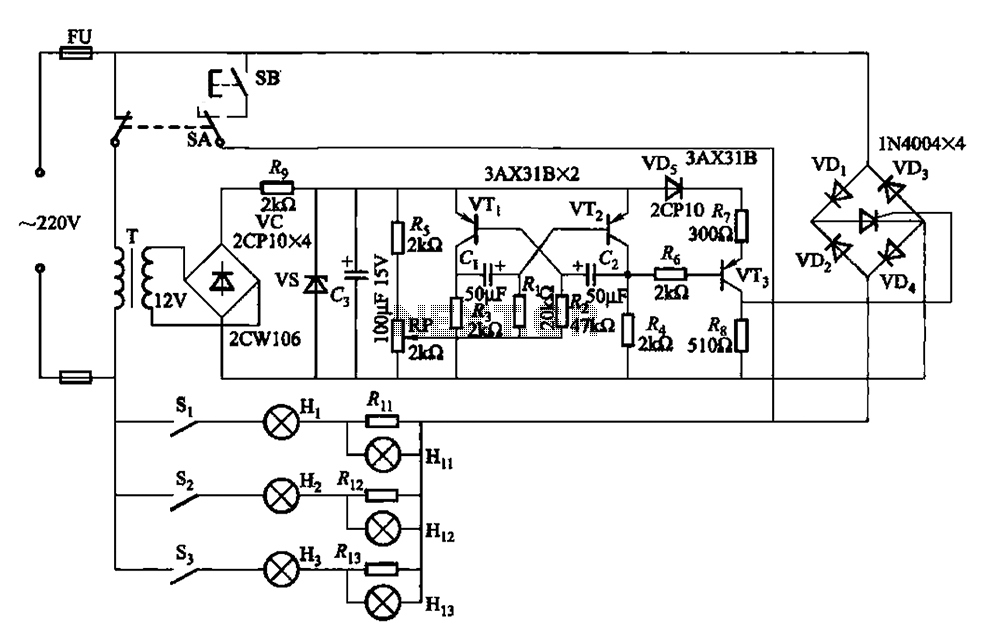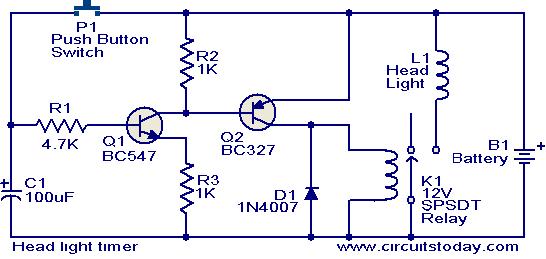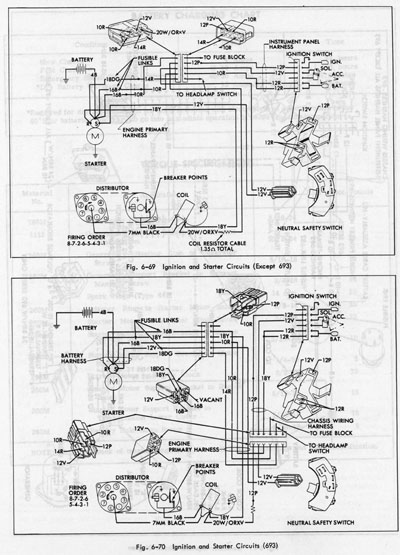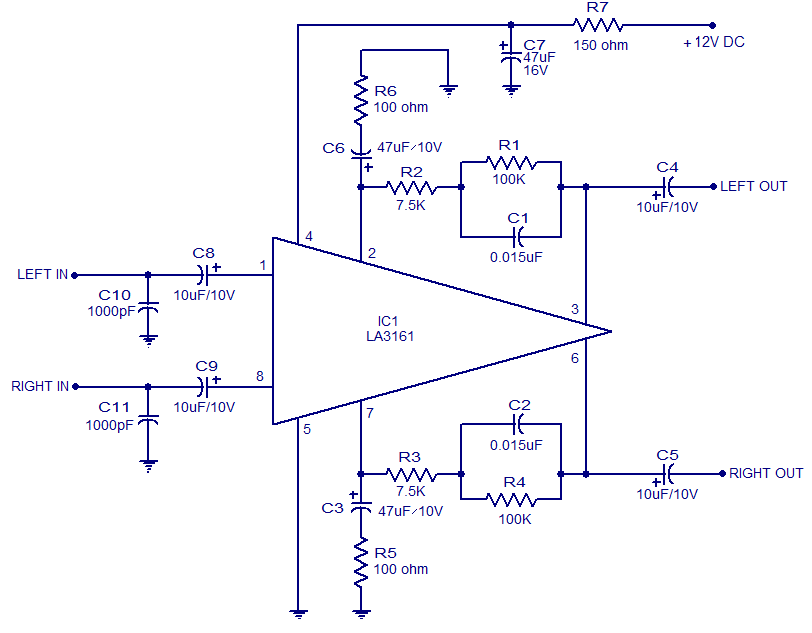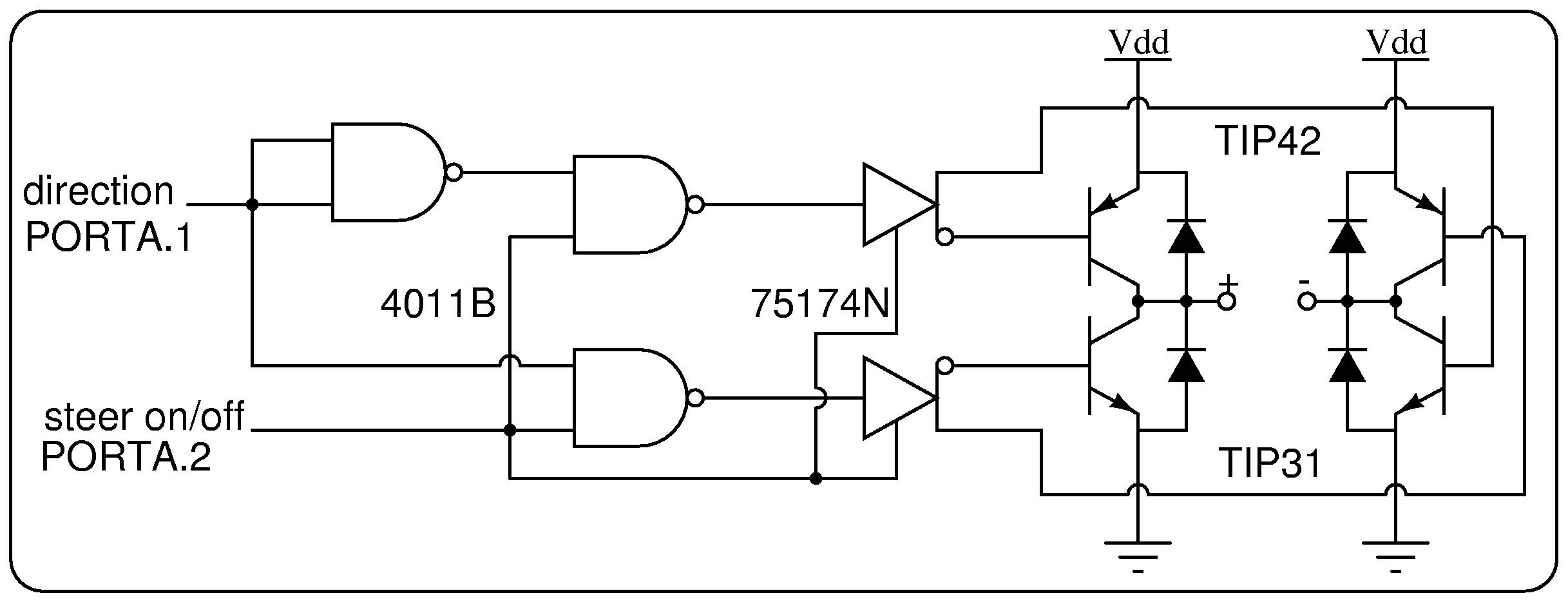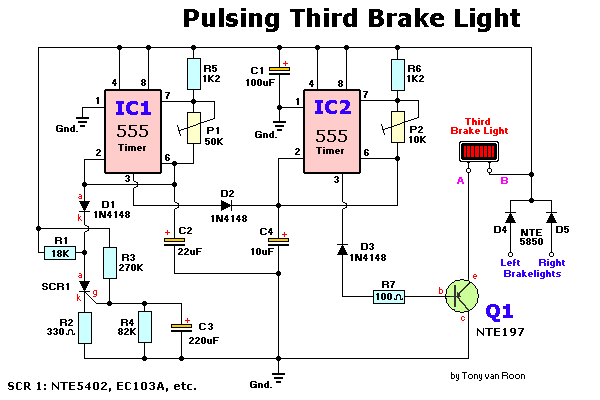
CAR STOP LIGHT
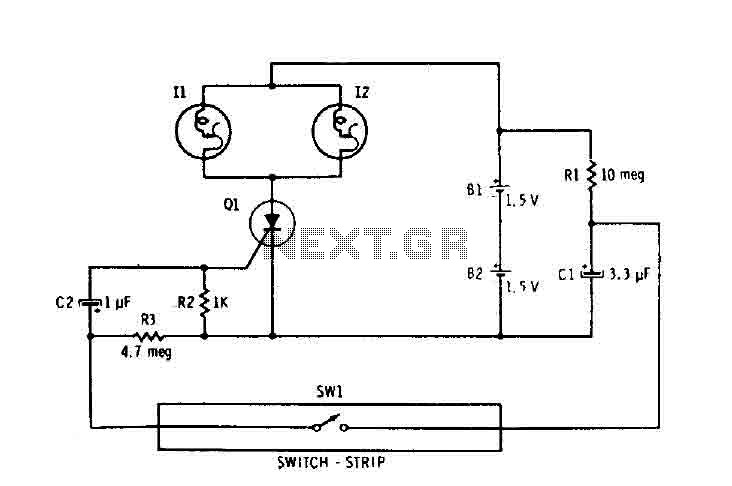
Capacitor C1 is connected continuously through a supply of 3 volts to a 10 megohm resistor R1. The capacitor charges relatively slowly to 3 volts. When switch SW1 is closed, it connects the charged capacitor C1 in series with capacitor C2 and resistor R2. Capacitor C2 begins to charge, applying a positive voltage to the gate of the SCR, which turns it on. The two parallel "self-flashing" bulbs I1 and I2 flash on and off with the SCR, and the circuit remains off until the vehicle is driven away from the switch, allowing C1 to recharge.
In this circuit configuration, capacitor C1 serves as an energy storage element, initially charged to 3 volts through the resistor R1. The high resistance value of R1 (10 megohms) ensures that the charging process is gradual, allowing the circuit to stabilize before activation. Once the switch SW1 is closed, the stored energy in C1 is rapidly transferred to capacitor C2 and resistor R2, creating a series circuit that facilitates the charging of C2.
As C2 charges, it reaches a threshold voltage that is sufficient to trigger the gate of the silicon-controlled rectifier (SCR). The SCR acts as a switch that allows current to flow through the parallel-connected bulbs I1 and I2, causing them to flash. This flashing action is a result of the SCR turning on and off in response to the charge and discharge cycles of the capacitors.
The "self-flashing" feature of the bulbs indicates that they are designed to operate intermittently, with the SCR controlling the duration of the on and off states. Once the vehicle is moved away from the switch, the circuit is interrupted, leading to the SCR turning off and the bulbs extinguishing. This action allows capacitor C1 to begin recharging, preparing the circuit for the next activation cycle.
This design is particularly useful in applications where visual alerts are needed, such as in automotive lighting systems. The use of capacitors for energy storage and SCRs for switching provides a reliable and efficient method for controlling the operation of the flashing bulbs while minimizing power consumption during the idle state.Capacitor Cl is connected continuously through the supply of 3 volts to 10 megohm resistor Rl. The capacitor is charged (relatively slowly) to 3 volts. The wink SWI is closed, it connects the charged capacitor (Cl) in series with C2 and R2. The capacitor C2 begins to charge, by placing a positive voltage during the gate of the SCR and turn it on. The two parallel "self-flashing" bulbs I1 and 12 on Tum. They flash on and off the SCR and the circuit is turned off until the vehicle is driven off the switch and C1 can recharge.
In this circuit configuration, capacitor C1 serves as an energy storage element, initially charged to 3 volts through the resistor R1. The high resistance value of R1 (10 megohms) ensures that the charging process is gradual, allowing the circuit to stabilize before activation. Once the switch SW1 is closed, the stored energy in C1 is rapidly transferred to capacitor C2 and resistor R2, creating a series circuit that facilitates the charging of C2.
As C2 charges, it reaches a threshold voltage that is sufficient to trigger the gate of the silicon-controlled rectifier (SCR). The SCR acts as a switch that allows current to flow through the parallel-connected bulbs I1 and I2, causing them to flash. This flashing action is a result of the SCR turning on and off in response to the charge and discharge cycles of the capacitors.
The "self-flashing" feature of the bulbs indicates that they are designed to operate intermittently, with the SCR controlling the duration of the on and off states. Once the vehicle is moved away from the switch, the circuit is interrupted, leading to the SCR turning off and the bulbs extinguishing. This action allows capacitor C1 to begin recharging, preparing the circuit for the next activation cycle.
This design is particularly useful in applications where visual alerts are needed, such as in automotive lighting systems. The use of capacitors for energy storage and SCRs for switching provides a reliable and efficient method for controlling the operation of the flashing bulbs while minimizing power consumption during the idle state.Capacitor Cl is connected continuously through the supply of 3 volts to 10 megohm resistor Rl. The capacitor is charged (relatively slowly) to 3 volts. The wink SWI is closed, it connects the charged capacitor (Cl) in series with C2 and R2. The capacitor C2 begins to charge, by placing a positive voltage during the gate of the SCR and turn it on. The two parallel "self-flashing" bulbs I1 and 12 on Tum. They flash on and off the SCR and the circuit is turned off until the vehicle is driven off the switch and C1 can recharge.
